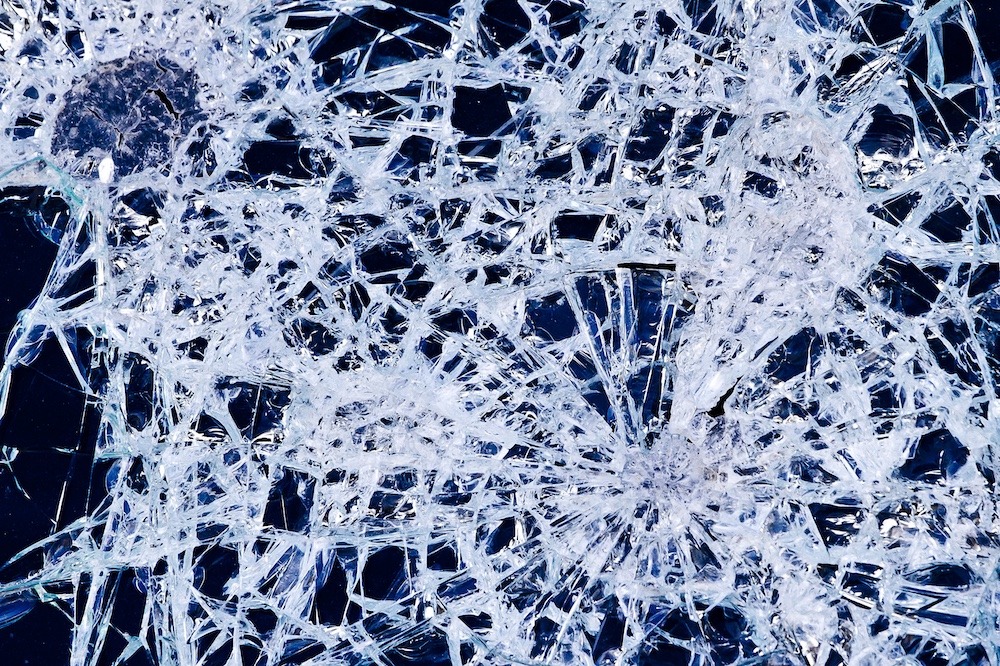When selecting glass for construction or renovation projects, understanding the differences between tempered and laminated glass is crucial for ensuring safety, security, and functionality. Both types are classified as safety glass but possess distinct characteristics that make them suitable for various applications. This article delves into the properties, advantages, and ideal uses of tempered and laminated glass to help you make informed decisions.
What Is Tempered Glass?
Tempered glass, also known as toughened glass, undergoes a thermal tempering process where it is heated to approximately 620°C (1,148°F) and then rapidly cooled. This treatment increases its strength, making it about four to five times stronger than standard annealed glass. When broken, tempered glass shatters into small, relatively harmless granules, reducing the risk of injury.
Advantages of Tempered Glass:
-
Strength: Enhanced resistance to impact and mechanical stress.
-
Safety: Breaks into small, blunt pieces that are less likely to cause injury.
-
Thermal Resistance: Can withstand higher temperatures, making it suitable for environments exposed to heat.
Common Applications:
-
Shower doors
-
Glass doors and partitions
-
Automobile side and rear windows
-
Skylights
-
Furniture, such as glass tabletops
What Is Laminated Glass?
Laminated glass consists of two or more layers of glass bonded together with an interlayer, typically made of polyvinyl butyral (PVB) or ethylene-vinyl acetate (EVA). This interlayer holds the glass layers together upon impact, preventing them from breaking apart and maintaining the pane’s integrity.
Advantages of Laminated Glass:
-
Safety: Even when shattered, the interlayer keeps the glass intact, reducing the risk of injury from sharp shards.
-
Security: More resistant to penetration, offering better protection against break-ins.
-
Sound Insulation: The interlayer provides effective noise reduction.
-
UV Protection: Blocks a significant amount of ultraviolet radiation, protecting interiors from fading.
Common Applications:
-
Automotive windshields
-
Skylights
-
Overhead glazing
-
Glass facades
-
Areas requiring enhanced security
 Tempered vs. Laminated Glass: A Comparative Analysis
Tempered vs. Laminated Glass: A Comparative Analysis
1. Strength and Durability
Tempered glass is renowned for its high strength and ability to withstand significant impacts. However, once it reaches its breaking point, it shatters completely. In contrast, laminated glass, while slightly less strong, remains intact when broken due to its interlayer, providing a barrier even after impact.
2. Safety Upon Breakage
This type of glass glass fractures into small, blunt pieces that are less likely to cause injury. Laminated glass, on the other hand, holds together when shattered, preventing glass pieces from scattering and offering continued protection until replacement.
3. Security Features
Laminated glass offers superior security benefits, as its composition makes it more challenging to penetrate, thereby deterring potential intruders. Tempered glass, while strong, does not provide the same level of intrusion resistance.
4. Sound and Thermal Insulation
The interlayer in laminated glass provides better sound insulation, making it ideal for noise reduction. Additionally, it offers enhanced thermal insulation properties. Tempered glass lacks these insulating benefits.
5. UV Protection
Laminated glass can block up to 99% of UV radiation, protecting interiors from sun damage. Tempered glass does not inherently offer UV protection unless treated with specific coatings.
6. Cost Considerations
Generally, laminated glass is more expensive than tempered glass due to its complex manufacturing process and additional benefits. However, the choice should be based on the specific requirements of the application rather than cost alone.
Making the Right Choice for Your Project
The decision between tempered and laminated glass depends on the specific needs of your project:
-
For High-Impact Resistance: Tempered glass is suitable for areas where strength and resistance to mechanical stress are paramount.
-
For Enhanced Safety and Security: Laminated glass is preferable in situations requiring protection from break-ins, sound insulation, and UV radiation.
Consulting with glass professionals, such as Florian Glass Service, can provide tailored recommendations to ensure optimal safety and performance for your specific application.
Understanding the distinct properties of tempered and laminated glass is essential for making informed decisions that align with safety standards and project requirements.
Looking to Install Laminated Glass or Tempered Glass?
Looking to install commercial tempered glass in the New Jersey or NYC area? Check out Florian Glass Service today! For over 80 years we have been installing and designing glass structures both commercially and residentially not only to compliment the beauty and comfort of your space, but also to meet and exceed current energy efficient standards. Our expertise in architectural glass building makes us the leader in specialized construction techniques for the entire East Coast. Visit us for New Jersey’s largest selection of sunrooms, patio rooms, enclosures, conservatories, skylights and much more; all custom designed to suit your needs and your project. If we can’t build it, nobody can. For more information you can call us today at (800)479-4774 or (201)863-4772, or check out our website!
Other Posts:
Hudson County Commercial Glass Contractor
Hudson County Commercial Window Tinting
